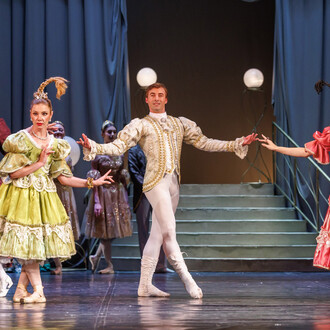Eduardo Secci Contemporary is proud to announce the vernissage of the group showing entitled Mind the Gap, curated by Gino Pisapia, on 12 June 2015 at 6:00 PM at the Florentine exhibition space in Via Maggio 51R.
Through the works of Davide Allieri (Bergamo, 1982), Alexandros Papathanasiou (Swansea, 1977), Luca Pozzi (Milan, 1983) and Tamara Repetto (Genoa, 1973), the exhibition script proposes a recreation of a heterogeneous yet cohesive itinerary capable of presenting the viewer with a complete view of the complex geography of the system of relationships and interplays which the works, when taken together, bring into being as they interact openly with the space.
The exhibition title is borrowed directly from the well-known recorded announcement ‘Mind the Gap’, which was first introduced in 1969 on the London Underground and since then, albeit with slight variations, has spread internationally and become part of the ‘compulsory’ soundtrack accompanying the daily transit of millions of train users throughout the world.
The phrase ‘Mind the Gap’ alerts (often harried) train users to the risk of injury from stepping into the empty space (the gap or void) between the station platform and the train floor.
This said, the project idea arose from consideration of the need to concentrate on that ‘void’ brought to our attention by the phrase ‘Mind the Gap’, spotlighting knowledge acquired, and which can be acquired, through experience.
Direct and indirect experience, active and passive; experience which permits understanding, through form, of the many ways in which the ‘gap’ can manifest or simply act, pulling in the phenomena generated within it, giving life to constructions which are perceptible not only by sight but through hearing and smell as well.
We can therefore say that at the base of the activities which accompany the processes which form the works and those which have to do with aesthetic appreciation of the forms produced by the processes, there is not a theory of emptiness but an experience of the void – obtainable only through direct participation.
The artists involved in the project carry into the hearts of their poetics a complex enquiry which inflects concepts and forms by a plurality of methods, which is capable of filling the said with the unsaid, the empty with the full; of continually rewriting a reversible function.
Here, the investigation of contemporary story-telling in art acquires a strong charge made of references, suggestions and inspirations and at the same time is enriched by history and its products, the discoveries, the rules constantly handed down to us by progress.
The exhibition opens with a series of works which analyse the theme of the ‘gap’ at several levels and musters two photographic images from the Supersymmetric Partner macro-project by Luca Pozzi, from 2010 and 2014, in which the artist is captured in front of Veronese’s banquet scenes while he is engaged in an athletic feat, jumping to (ideally) land in an empty space or ‘gap’ between one and another of the painted characters, with the intent of unifying space and time, past history and the future, using that gravity which fills the void in the present with the mass of the artist’s body, and thus with his image.
Or the work in felt, entitled Stillwaiting for a spatialconcept II, 2015, inspired by Concetto Spaziale, Attese (1965) with its 12 cuts which Alexandros Papathanasiou sews up, with mindful lucidity and irony, to definitively close a real empty space opened 50 years ago by Fontana’s genial intuition.
Also by Papathanasiou, the exhibition presents IntoDust, 2014, an sculpture-in-progress, spherical in form, made entirely of dust – the same dust which moves freely through the void and is therefore impossible to perceive except as it stratifies over time.
Turning a page in the script, the exhibition continues with two sculptures by Davide Allieri, 0.488 cubicmeters (K), 2015, and Senza Titolo, 2013: different types of ‘display cases’, constructed with great attention to detail, elegant, designed as architectures – and totally empty.
While the former candidly states the calculation of its interior volume in the title, ‘preserving’ the void, the second, with no glass, is invaded, pierced by it.
Last at the exhibition is the environmental installation by Tamara Repetto, which to a degree concentrates and synthesises the different properties of the void.
Oniria, 2014, is an existential work which inhabits the gap, actuated by a motion sensor which, only when the public passes, activates a virtuous circuit capable of producing sounds and scents.

















